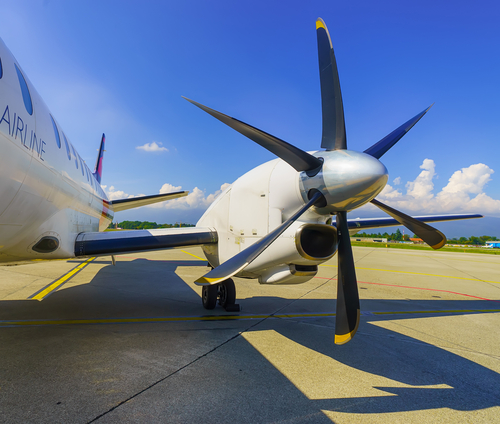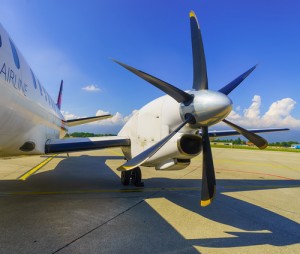The role of regional airports comes to the forefront in European growth strategy
- Like
- Digg
- Del
- Tumblr
- VKontakte
- Buffer
- Love This
- Odnoklassniki
- Meneame
- Blogger
- Amazon
- Yahoo Mail
- Gmail
- AOL
- Newsvine
- HackerNews
- Evernote
- MySpace
- Mail.ru
- Viadeo
- Line
- Comments
- Yummly
- SMS
- Viber
- Telegram
- Subscribe
- Skype
- Facebook Messenger
- Kakao
- LiveJournal
- Yammer
- Edgar
- Fintel
- Mix
- Instapaper
- Copy Link
Posted: 20 May 2015 | Katie Sadler, Digital Content Producer, International Airport Review
With 2014 passenger traffic increasing at European regional airports, the ACI Europe Regional Airports Conference assesses the role they will play in a future European growth strategy. With 2014 passenger traffic increasing at European regional airports the ACI Europe Regional Airports Conference assesses the role they will play in a future European growth strategy. ACI […]


With 2014 passenger traffic increasing at European regional airports, the ACI Europe Regional Airports Conference assesses the role they will play in a future European growth strategy.


With 2014 passenger traffic increasing at European regional airports the ACI Europe Regional Airports Conference assesses the role they will play in a future European growth strategy.
ACI (Airports Council International) Europe Regional Airports Conference got underway in Reykjavik yesterday at Isavia and Keflavik airports. With over 175 participants from airports, airlines, industry suppliers and institutional stakeholders, the conference will focus on addressing the main challenges faced specifically by regional airports across Europe.
Regional airports were hit harder by the global financial crisis and their traffic recovery has consistently lagged behind the rest of the industry – with passenger traffic up by just +13.9 percent since 2008 compared with an industry average of +18.1 percent. However, 2014 finally saw regional airports growing more in line with the rest of the industry with an increase of +5.1 percent.
Olivier Jankovec, Director General, ACI Europe commented on the growth “Regional airports are finally catching up with their larger peers and are now seeing more dynamic passenger growth. This is good news. But as ever, regional airports live in a world of extremes when it comes to traffic performance. For all the improvements in trading conditions, double-digit growth at many airports comes with flat or decreasing traffic at others. Competition to keep existing routes and develop new ones is fierce, with airlines dictating the terms under which they decide to operate.”
ACI Europe believes these developments also reflect structural changes, as airlines keep focusing on larger markets and higher frequencies in search of better yields. It noted that in spite of lower oil prices, the number of intra-European routes operated by large full service carriers and regional airlines this summer is down by -7 percent and -17 percent respectively when compared to the previous year. Low cost airlines have also reduced their aircraft bases at regional airports by -13 percent.
More than ever, size dictates profitability at regional airports. 66% of airports with less 5 million passengers are loss making, with that percentage increasing to 77% for those with less than 1 million passengers. According to ACI Europe regional airports which are part of a wider public or private airport network are better positioned to face economic challenges than the ones standing on their own.
ACI Europe states, airports are essential for economic growth and jobs across Europe’s regional communities. While other transport modes also play an important role for cohesion and economic development, the global outreach and speed of air connectivity is unparalleled.
The organisation is requesting more supportive and targeted policies addressing the connectivity and economic sustainability challenges that regional airports are facing. Thomas Langeland, Chair of the Regional Airports’ Forum and Director of Avinor Kristiansand Airport said: “With the European Commission preparing a new strategy for aviation, as part of its renewed focus on growth, jobs and investment, it goes without saying that the policy framework for regional airports should be improved. In particular, additional efforts are needed to develop a more tailor made approach to security and safety regulations – to avoid costly one-size-fits-all approaches.”
He added “Also, public financing should not be considered as a taboo, but rather as a way to redress structural economic disadvantage. Finally, more aviation liberalisation is the way forward, for both regional airports and larger ones. This is about our ability to diversify our traffic mix, offering convenient connections requested by our local communities and ultimately enhancing business resilience.”













